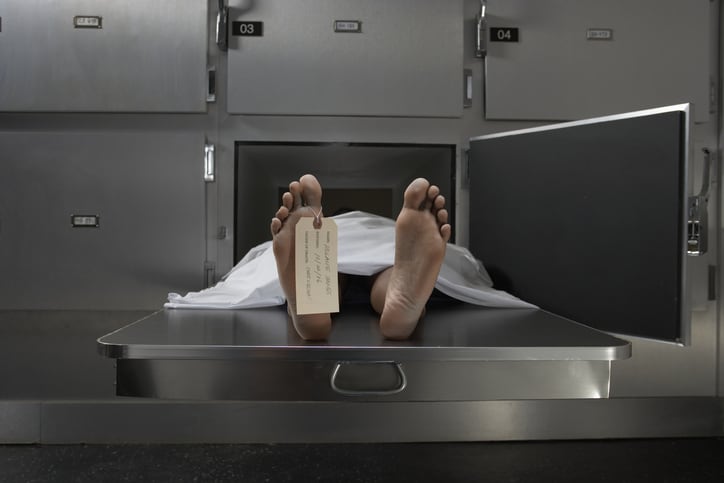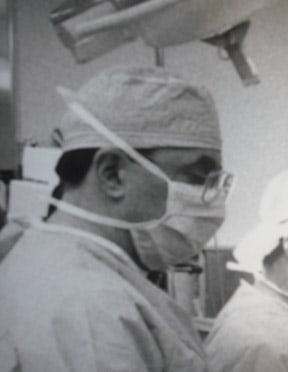Ever since the publication of the infamous 2016 BMJ opinion piece by Makary claiming medical error should be considered the third leading cause of death in the US, the debate on the true incidence of deaths caused by medical error has been raging. Many, including me, felt the Makary estimate of 251,000 deaths per year from medical error was grossly inflated. For example, Makary extrapolated the number of deaths from three outdated studies with a total of just 35 deaths, and medical error was not well-defined.
A new paper in BMJ Open Access by investigators from the UK looked at 70 studies involving 337,025 patients mostly treated in general hospitals. Of that total, 47,148 suffered harm with 25,977 (55%) of harms judged as preventable.
The authors concluded “The pooled prevalence for preventable patient harm was 6% (95% confidence interval 5% to 7%). A pooled proportion of 12% (9% to 15%) of preventable patient harm was severe or led to death.” I’ll do the math; 12% of 6% is 0.72% or just over 2400 preventable severe harms and deaths.
A recent literature review on the website Healthy Debate Canada cited three papers estimating incidence of preventable deaths due to medical error ranged from less than 1% to 5.2% and said “This would correspond to 15,000-35,000 deaths per year in the US, an order of magnitude lower than the BMJ estimate.”
Even one preventable death is too many. However, inflated figures like 251,000 deaths or even 440,000, as a 2013 paper claimed, undermine public confidence in medical care.
Some examples. The Canadian authors said calling medical error “the third leading cause of death” in the US enabled supporters of the NRA to say doctors are more harmful than guns. Naturopaths and alternative news sites warned about the dangers of our health system. I blogged about an article from RT, the English language Russian “news” website, headlined “Medical errors kill hundreds of thousands each year in the US.”
From Healthy Debate: “In-hospital deaths from medical error are a small subset of all medical errors, and non-fatal errors cause considerable harm to patients. Considering that most of health care occurs in the ambulatory setting, there is an even larger potential for error to cause harm outside of hospitals.” Focusing too much on in-hospital deaths from error may direct attention away from other areas of quality improvement.
Medical error is not the third leading cause of death in the US. Will people stop saying it is? I doubt it. A 2018 paper published in Science looked at 126,000 story links tweeted by 3 million people and found “falsehoods were 70% more likely to be retweeted than the truth.”
Suggested Reading:
The controversy around estimating deaths from medical error. Link.
Prevalence, severity, and nature of preventable patient harm across medical care settings. Link
“Medical errors kill hundreds of thousands each year in the US.” Link
Estimating deaths due to medical air: the ongoing controversy and why it matters. Link.
Are there really 250,000 preventable deaths per year in US hospitals? Link.
More proof medical error is not the third leading cause of death. Link.
Deciding whether adverse advents are preventable or not. Link.
Medical errors and deaths: Is the problem getting worse? Link.
Skeptical Scalpel is a retired surgeon and was a surgical department chairman and residency program director for many years. He is board-certified in general surgery and a surgical sub-specialty and has re-certified in both several times.For the last 9 years, he has been blogging at SkepticalScalpel.blogspot.com and tweeting as @SkepticScalpel. His blog has had more than 3,700,000 page views, and he has over 21,000 followers on Twitter.



 SkepticalScalpel
SkepticalScalpel